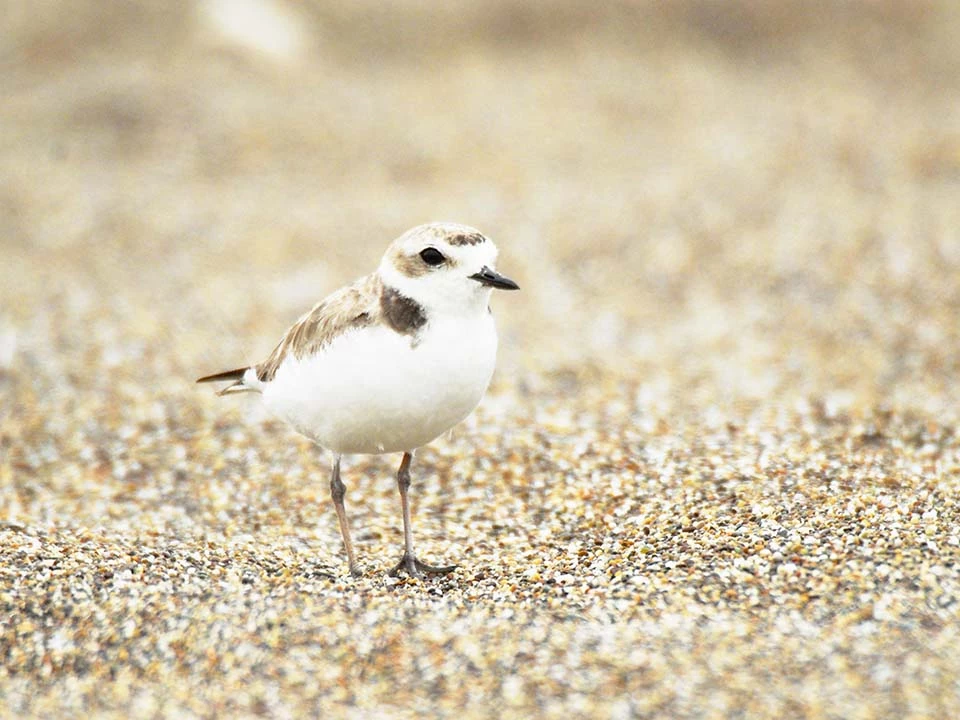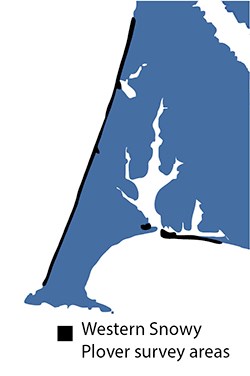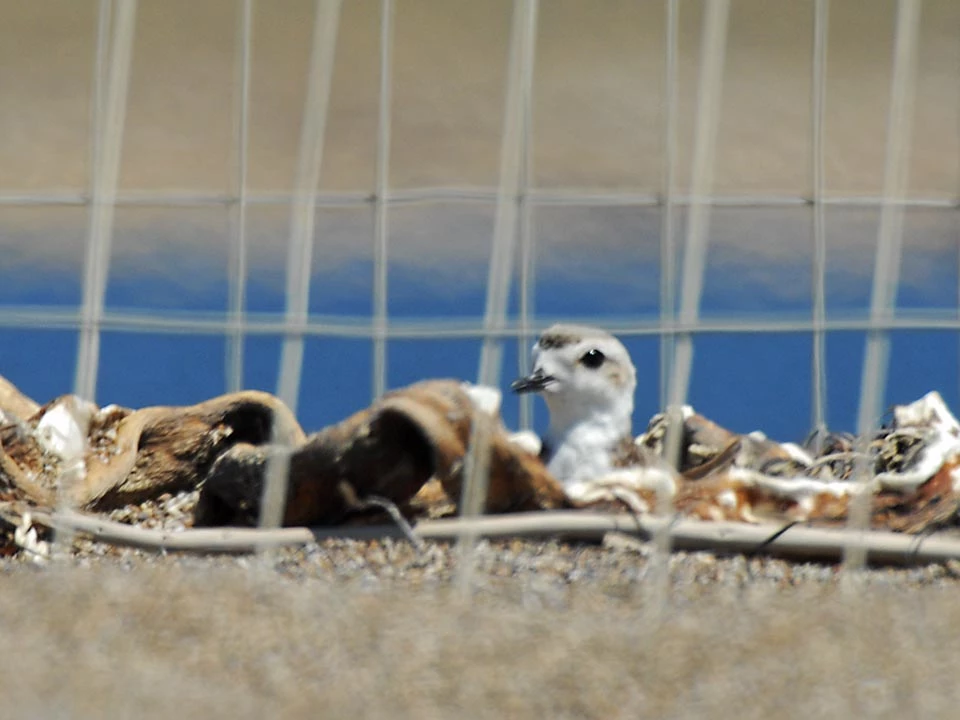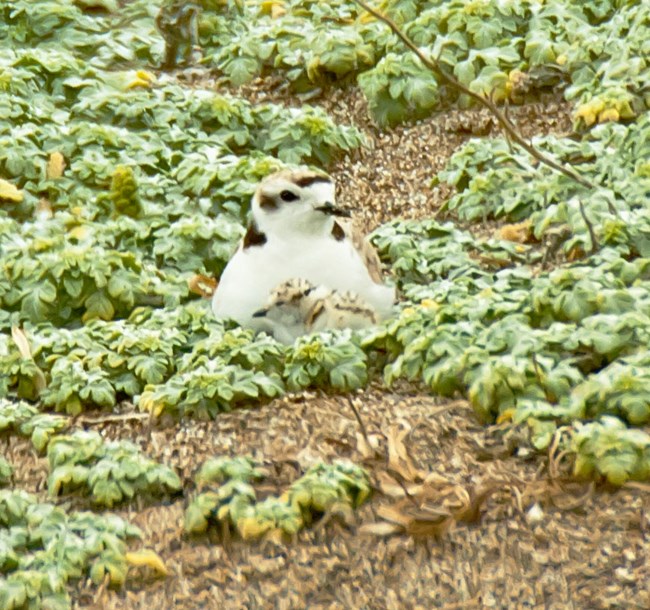Last updated: May 7, 2018
Article
Western Snowy Plover Monitoring at Point Reyes National Seashore

NPS / Jessica Weinberg McClosky

Why Are Western Snowy Plovers Important?
Western Snowy Plovers are excellent indicators of the health and diversity of sandy beach ecosystems. They need relatively undisturbed beaches and dunes where they can feed on insects and other invertebrates using their distinctive run-pause-snatch strategy. They nest above the high tide line in areas of sparse or low vegetation so they can see approaching predators. Unfortunately, these birds and the sandy habitats they rely on are vulnerable to human recreational activities, coastal development, invasive plants, and artificially inflated predator populations. Western Snowy Plovers nest in only half as many locations in California as they did prior to 1970, indicating that such forms of habitat degradation have taken their toll on ecosystem health. The US Fish and Wildlife Service listed them as federally threatened by in 1993.
Point Blue Conservation Science began annual breeding-season Western Snowy Plover monitoring at Point Reyes National Seashore in 1995. The National Park Service Inventory and Monitoring Program took over in 2008.

NPS / Jessica Weinberg McClosky
Why Do We Monitor Western Snowy Plovers?
- To detect long-term trends in the Western Snowy Plover population size, distribution, nesting success, and chick survival on Point Reyes beaches
- To determine where plovers are nesting in the interest of placing protective exclosures, fencing, and signage, as well as planning visitor outreach
How Do We Use the Monitoring Data?
- To guide policy decisions on issues like beach closures and pet restrictions
- To guide dune restoration efforts, plan strategies for emerging threats such as climate change and sea level rise, and evaluate existing recovery efforts

NPS / Jessica Weinberg McClosky
What Have We Learned?
Historically, Western Snowy Plovers have bred at three beaches in Point Reyes. However, for some time they were breeding only on Great Beach, primarily on the northern half between North Beach and Kehoe Creek. They have since taken up using Limantour Beach as well. Their population has remained well below average for several reasons. Predators and abandonment have been among the top causes of nest failure. Also, while the weekend docent program has successfully reduced chick loss through visitor outreach, it is possible that human activity still impacts chick survival.
For More Information
Point Reyes Wildlife EcologistDave Press
Links
Snowy Plovers at Point Reyes
San Francisco Bay Area Inventory & Monitoring Network
Pacific Coast Science and Learning Center
Summary by Jessica Weinberg McClosky, September 2013.
Updated by Maritte O'Gallagher, November 2017.
Download PDF from the NPS Data Store
